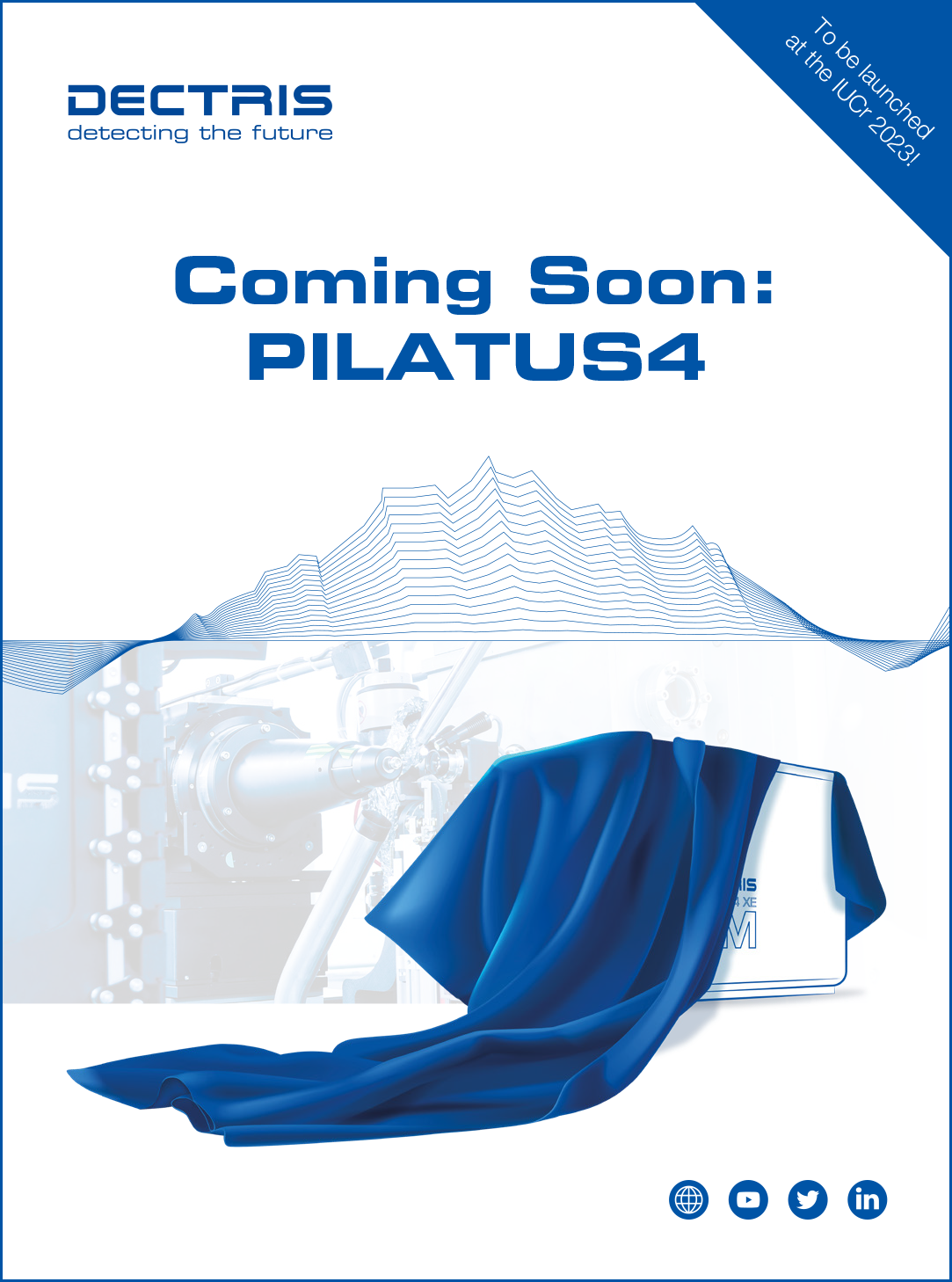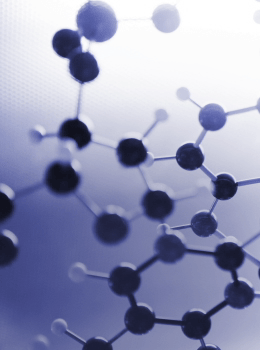


Meeting report
SCANZ Crystal 34
![Thumbnail [Thumbnail]](https://www.iucr.org/__data/assets/image/0017/156221/Thumbnail.jpg)
Part of the La Trobe University campus and the conference venue.
![[Header]](https://www.iucr.org/__data/assets/image/0020/156224/Picture1.jpg)
Back in person for the first time since a joint meeting with the Asian Crystallographic Association conference in 2018, the Society of Crystallographers in Australia and New Zealand (SCANZ) met in Bendigo, a regional city northwest of Melbourne, for a local meeting of the crystallographic community. As we were reminded late in the conference, SCANZ traces its routes back to the group known as the ‘Bush Crystallographers’ who met around Australia in regional locations. The 2022 meeting in Bendigo was an excellent example of that legacy, being held on the campus of La Trobe University, in a regional city in the heart of the Victorian goldfields.
The meeting was organised by the outgoing SCANZ president, Professor Megan Maher, and a program committee led by Associate Professor Sheena McGowan from Monash University. The meeting was an excellent size for networking and scientific discussions, being attended by around 130 attendees, and was a fantastic opportunity to catch up with much of the Australian crystallographic community. Unfortunately, the higher-than-normal cost and limited availability of trans-Tasman flights lowered attendance from the Kiwis. The program committee developed a vibrant and diverse program with 19 invited speakers and a series of concurrent sessions with speakers selected from abstracts.
Highlights of the program included the 1987 Fund Lecture by Professor Elspeth Garman (Oxford, UK) and the awarding of the 2022 Sandy Mathieson Medal to Professor Stephanie Gras (La Trobe) and the 2023 Lawrence Bragg Medal to Professor Richard Welberry (ANU). Professor Garman gave a wonderful talk covering her work on radiation damage in crystals and approaches to identifying metals in proteins unambiguously. Her candid discussion of and anecdotes about this work made for a lively session and an active Q&A. Professor Gras was the 2022 recipient of the Sandy Mathieson Medal, awarded for distinguished contributions to science involving X-ray, neutron or electron diffraction and/or imaging by a researcher within 15 years of the award of their PhD. Professor Gras, an immunologist and structural biologist, told us about her work on T-cell responses to COVID-19 vaccinations. The final named lecture was the Bragg Medal award for distinguished contributions to science involving X-ray, neutron or electron diffraction and/or imaging to Professor Richard Welberry. Professor Welberry was a pioneer of the development of approaches to understand and utilise diffuse X-ray scattering, and he took us through an engaging history of that work and many of the interesting developments and results throughout his career.
A diverse group of keynote lecturers provided excellent coverage of redox-active coordination polymers (Professor Brendan Abrahams, University of Melbourne), hydrogen storage in porous materials (Professor Valeska Ting, University of Bristol, UK, but moving to the Australian National University), structure determination and the interplay between the Stanford Synchrotron Radiation Lightsource (SSRL) beamlines and Linac Coherent Light Source (LCLS) (Dr Aina Cohen, SLAC National Accelerator Laboratory) and novel approaches to treat Gram-negative bacterial infections (Dr Steven Rutherford, Genetech).
Other highlights included the Rising Stars session, a lunchtime session hosted by beamline scientists from the Australian Synchrotron on the new capabilities coming online over the next year or two, and updates on the neutron diffraction facilities and the upcoming IUCr 2023 meeting (including the Bragg Your Pattern activities). The Rising Stars of the conference were Eleanor Kearns (University of Sydney), Katrina Black (WEHI), Dr Qingbo Xia (University of Sydney), Andrea Nguyen (La Trobe University), Dr Chathura Suraweera (Monash University) and Dr Curtis Ho (University of Tasmania), who delivered an invited lecture the day before.
![[Rising Stars]](https://www.iucr.org/__data/assets/image/0018/156222/Rising-Stars-crop.jpg)
Another interesting talk was a peek into the long history of the ‘Bush Crystallographers’, known today as SCANZ, by Dr Rod Hill. Dr Hill approached SCANZ with the idea of a book about the history of SCANZ and was then commissioned to research and write that history. Rod gave a very interesting synopsis of some of the highlights of the society, a little bit of the controversy (about its logo) and some rich social history of the meetings and the community. Later that morning the conference closed out with the awarding of the poster prizes, including the award of an IUCr Journals Poster Prize to Lani Davies (Australian National University).
![[Lani Davies]](https://www.iucr.org/__data/assets/image/0019/156223/Lani-Davies.jpg)
Crystal 34 also provided an opportunity to hold a SCANZ business meeting. High on the agenda was the upcoming IUCr meeting in Melbourne in August 2023 but the business meeting also marked the changeover of the SCANZ committee. The reins of SCANZ now pass to the new president Professor Charlie Bond from the University of Western Australia, with the new vice-president being Professor Chris Sumby and a committee comprising Professor Megan Maher (past president), Associate Professor David Turner (secretary), Professor Jack Clegg (treasurer), Dr Michelle Miller (newsletter editor) and committee members Dr Lauren Macreadie, Dr James Hester and Professor Emily Parker. Further representation also comes via the National Committee for Crystallography representatives in Australia and New Zealand, Professor Michael Parker and Professor Kurt Krause, respectively.
Copyright © - All Rights Reserved - International Union of Crystallography







